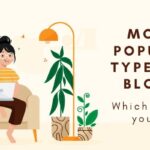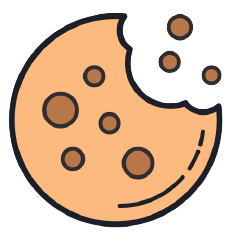SLEEP APONEA IS ON THE RISE, AND IT CAN BE DANGEROUS. HOW TO TELL IF YOU OR YOUR PARTNER HAS IT.
Lots of people snore — in fact about, almost half of all adults do. Most of the time it’s just an annoyance for the people who are trying to sleep next to them. But sometimes it’s a sign of something more — a breathing disorder called sleep apnea.
“In the US, about 10 percent of the adult population — which is roughly 30 million people — have sleep apnea. “Worldwide, about a billion people have sleep apnea. This disorder is increasing in prevalence because of the obesity epidemic and the aging population. “More awareness and better technology for diagnosing sleep apnea also contribute to the rises in cases.”
The problem isn’t the snoring, but the reason behind it. The most common type of sleep apnea (OSA) is caused by weakened throat muscles relaxing too much during sleep, causing the airway to narrow or close. That leads to snoring plus shallow breathing is affected this way at night, the brain isn’t getting the sleep it needs either.
Snoring is the most obvious symptom, but people who sleep alone, or with partners who are very sound sleepers, may not even know that they snore, pause their breathing or gasp. (People who wear recent versions of the Apple Watch and turn on sleep apnea notifications.)
Because OSA prevents a good night’s sleep, people may feel tired and irritable during the day, suffer from headaches and even develop depression. In fact, it’s often daytime symptoms that bring people to the doctor for diagnosis and treatment.
Age and weight are considered the biggest risk factors for sleep apnea, but anyone, of any age (including children) and anybody size can develop it. Other risk factors include smoking, having a thick neck or narrow throat, family history, use of alcohol or sedatives, and certain medical conditions including heart or kidney failure and some endocrine disorders.
Treating sleep apnea is far more important than just stopping the snoring, The body relies on good sleep for general health, and without it, you might experience mood changes, forgetfulness, and fuzzy thinking, neurological problems, a weakened immune system and an increased risk of many physical ailments.
‘Sleep apnea has even been linked to an increased of heart attack and stroke, through the data on this point is a less clear.” The diagnosis require several steps. Besides a medical history and physical exam, doctors may try to rule out other conditions, such as asthma, or thyroid disorders, that can cause similar symptoms. And they may recommend a sleep study, which usually involves a monitor that patients can use at home to check on breathing, heart rate and other functions during sleep.
Once the condition has been diagnosed, there are many options for treatment. For mild cases in people who are overweight, lifestyle changes like improving diet and exercise habits and losing excess kilos can sometimes be enough to reverse sleep apnea. Stopping smoking and drinking may help. Even switching from sleeping on your back to sleeping on your side may offer relief.
When treatment is required, the most common is a machine called a CPAP, which stands for continuous positive airway pressure.
“CPAP is a mask that prevents collapse in the back of the throat.” It has an unnecessarily bad reputation since it’s well tolerated by most patients. But you need to find the right mask and the right pressure settings.”
Some patients, through, can’t adjust to sleeping well with the mask on. For those people, there are other types of PAP machines. “And there are oral appliances that a certified dentist can make that prevent collapse in the back of the throat,” referring to custom devices that cover the teeth and have a hinge that sets the bottom jaw forward a little when you sleep, which keeps the airway open.
“There are also certain surgeries that can be done to keep the airways open.” These include implanting a hypoglossal nerve stimulation device; Inspire is the only FDA-approved one so far. Other options are surgeries to remove tonsils or excessive tissue, for example, but these are a last-line treatment after less-invasive methods have failed.
The diabetes and weight loss drug tirzepatide (Mounjaro, Zepbound) is also an effective treatment for sleep apnea. It’s currently under consideration by the FDA for this use, and if approved would be the first medication treatment for sleep apnea.
There are many other trials under way to evaluate new drug treatments. Researchers are also trying to develop new devices that will stimulate the tongue muscles during the daytime so they would work better at night.
With so many options, no one should have to miss a good night’s sleep because of sleep apnea. “The way to a more productive, more inspired, more joyful life is getting enough sleep!”





